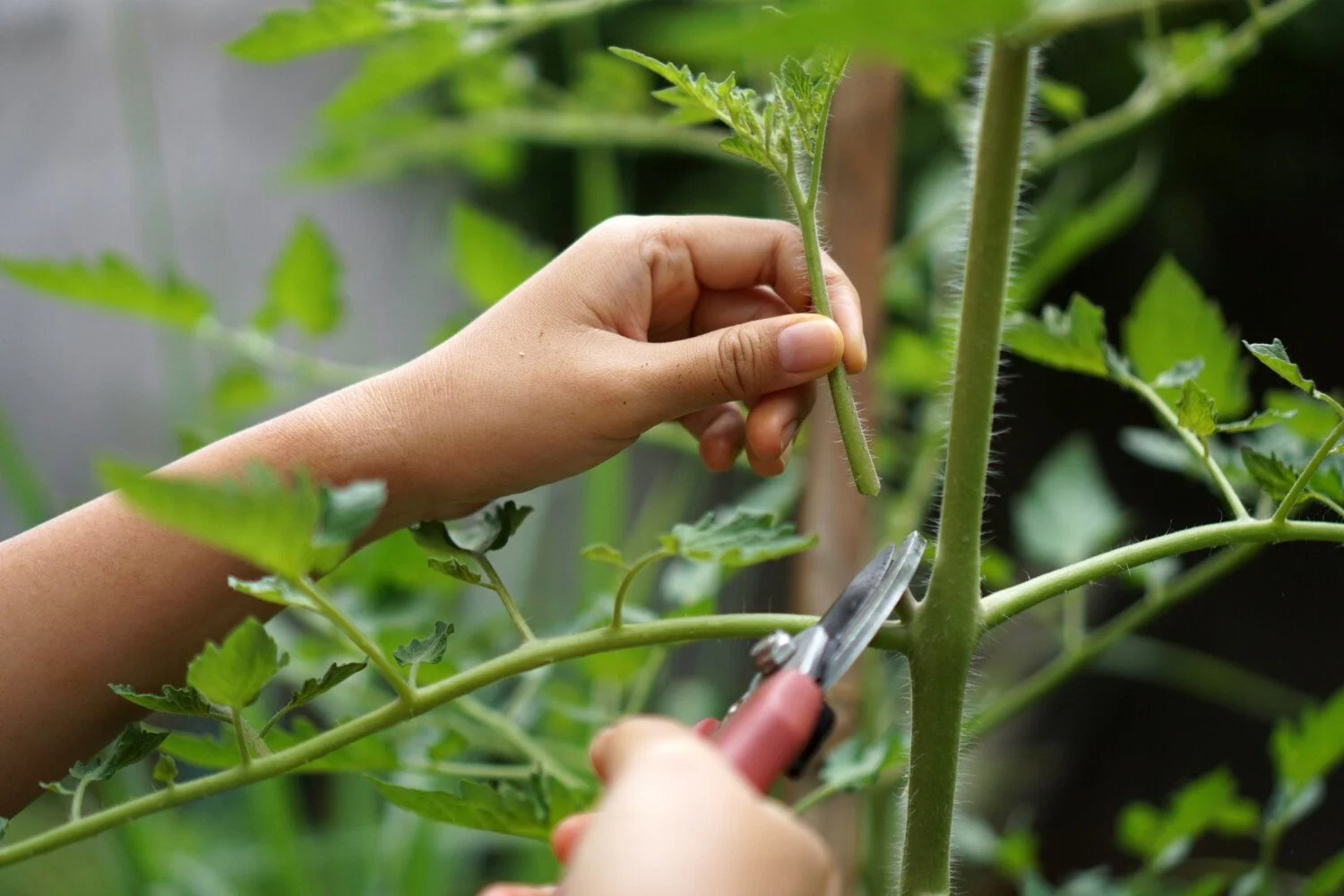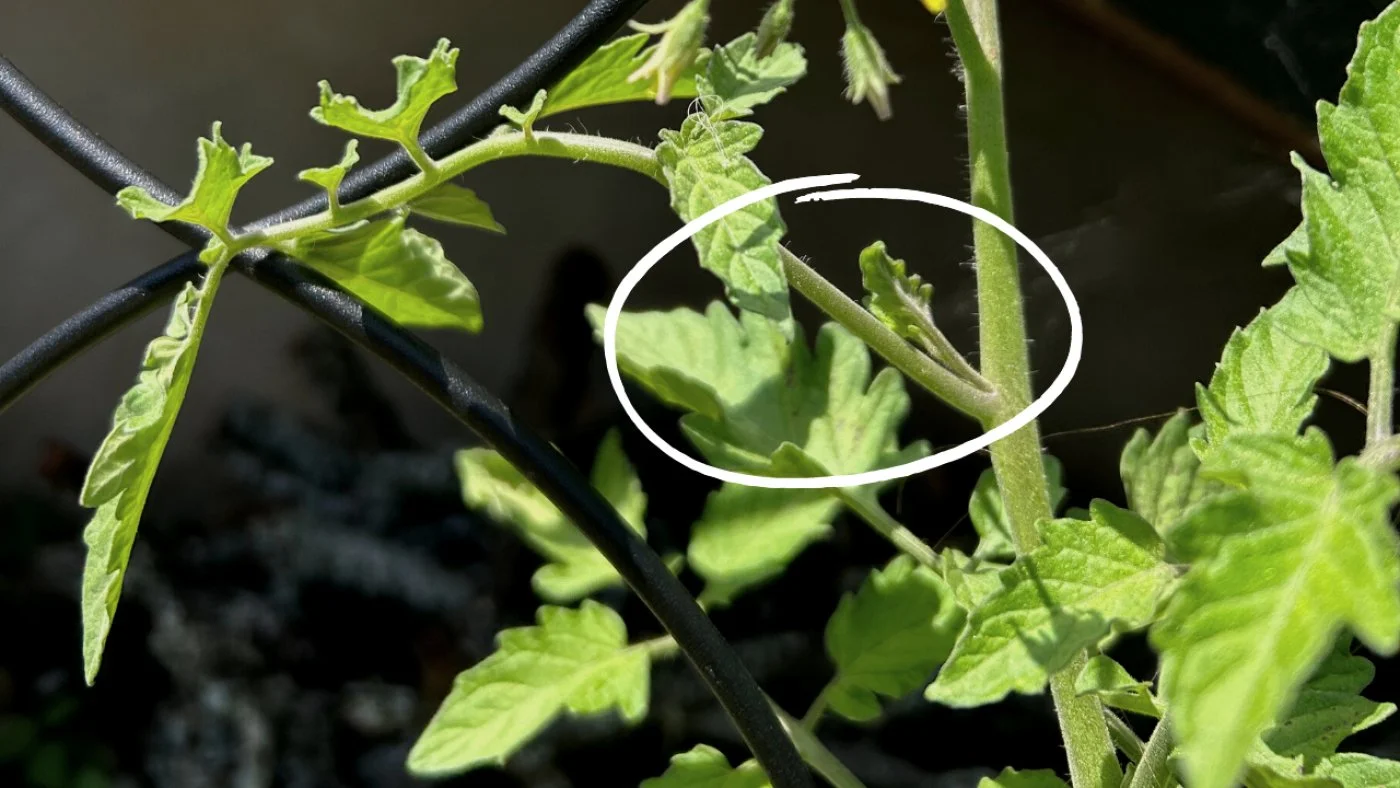How to Prune Tomato Plants
Pruning serves multiple purposes, including increasing airflow and sunlight penetration, preventing disease, and encouraging vigorous growth. To begin, identify the main stem or central leader, which is the primary vertical stem. It is essential to remove any side shoots, known as suckers, that emerge from the leaf axils below the first flower cluster. This practice directs the plant's energy towards larger fruit production.
As your tomato plants grow, continue to remove the suckers regularly. This helps to maintain a single-stemmed plant or limits the number of stems to two or three for determinate varieties. Rely on sharp pruning shears or your fingers to pinch off the suckers, ensuring a clean cut and reducing the risk of plant damage.
Pruning also involves removing the lower leaves as the plant matures, improving airflow and minimizing soil-borne diseases that may splash onto the foliage during watering or rainfall. Be cautious not to remove too many leaves, as they are essential for photosynthesis and energy production. Another crucial aspect of tomato plant pruning is controlling excessive growth. If your plants become too tall or bushy, gently pinch off the top growing tip to encourage branching and prevent them from becoming overgrown. Maintain a balance between foliage and fruit production, promoting optimal health and an abundance of juicy tomatoes.
Remember, timing is crucial in tomato plant pruning. It is best to start pruning when the plants are young, before they become overly dense. Regular monitoring and maintenance will ensure that your plants thrive throughout the growing season.


